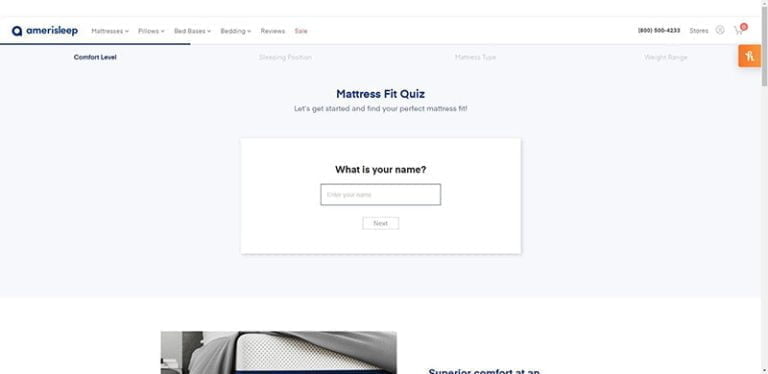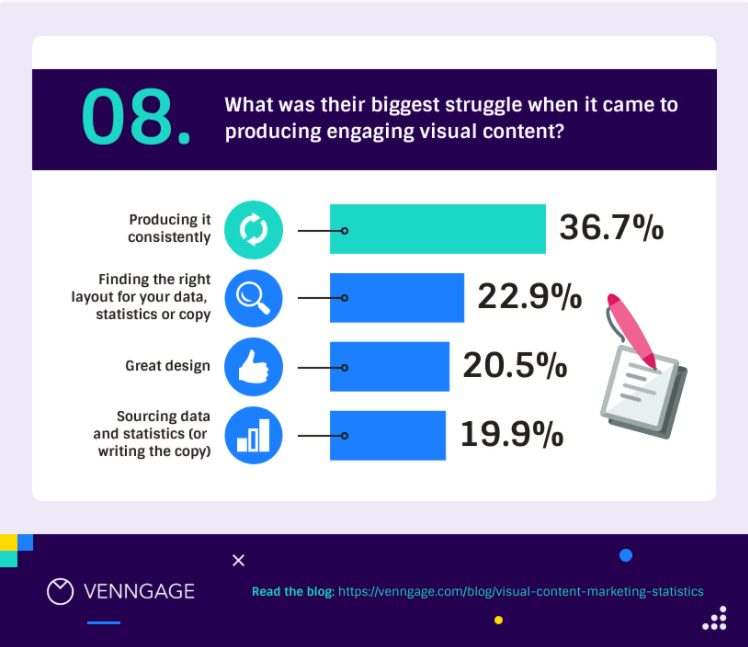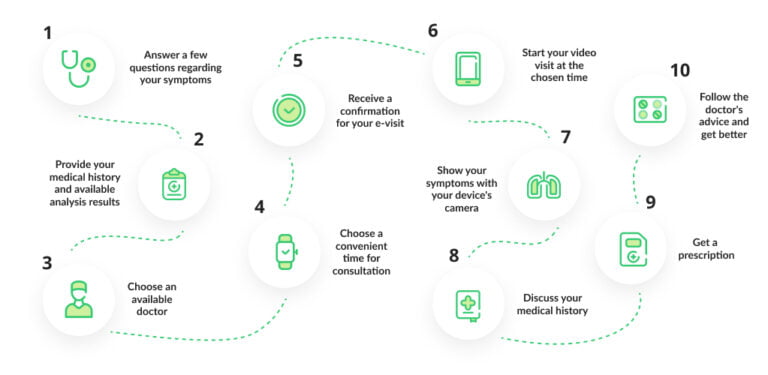
Accessibility is an essential factor when people with disabilities want to choose a hotel for their stay. But the process of selecting the hotel begins long before the guest checks in. And that always starts with the hotel website. Travelers with disabilities often want to look at the accessibility of the rooms and facilities of a hotel. They visit the hotel’s website to see if the hotel provides the infrastructure that will make their stay convenient and comfortable.
Providing accessible services to travelers with disabilities can be quite profitable for the hotel industry. According to recent surveys, more than 50% of travelers with disabilities prefer to stay at a hotel or a motel. That means almost 16 million travelers are willing to spend $100 per night. However, surveys also revealed that 46% of travelers with disabilities experienced accessibility barriers with either the hotel or its website.
An ideal hotel website should be inviting to all kinds of guests irrespective of their abilities. The website must have an adequate amount of information that can be found seamlessly by people with different types of disabilities. That is why more and more hotel businesses are turning to automated web accessibility solutions to optimize their websites. These solutions work seamlessly to ensure that people with different types of disabilities can access every part of the website and information provided. In this article, we are going to discuss how the hospitality industry can ensure that people with disabilities can learn about the accessibility features of a hotel from its website.
Most travelers want to look at general information when they visit a hotel’s website, such as the location of the hotel, ways to reach there, nearby attractions, so on and so forth. However, guests with disabilities would also seek additional information related to the accessibility of the rooms and the facilities provided. They might want to know if the rooms have wheel-in showers or handlebars to grab onto for people with restricted mobility. Or they might want to know if the fire alarm has alternative ways to attract the attention of guests with hearing impairment.
The hotel website should not only provide such information, but it should also be accessible to people with disabilities. A person with restricted mobility might not be able to use a mouse and relies on keyboard navigation only. Or a person with hearing impairment may not be able to listen to a video that provides information about the safety features of the hotel. Therefore any information must be presented in a way so that people with disabilities can access them. Failure to do so would eventually mean loss of business for the hotel.
Surveys have shown that travelers with disabilities often have to call different hotels to know about the accessibility features, which can be time taking and frustrating at times. At the same time, it is a wastage of the hotel’s resources because a person has to speak with these customers while providing the information. Providing this information on the hotel website in an accessible way can save the customer from unnecessary frustration as well as the hotel from wasting its resources.
Website accessibility is not only a business requirement for hotel websites, but it is also essential as legal compliance. Although there is no particular law about website accessibility, the federal courts of justice have determined that they fall under Article III of the Americans with Disabilities Act. The website has to follow certain guidelines to ensure that it is ADA compliant. The Web Content Accessibility Guidelines (WCAG 2.1) have been developed by the World Wide Web Consortium while keeping different kinds of disabilities in mind. These are some of how hotel websites can achieve accessibility.
- The website must be accessible for different kinds of assistive technologies, such as screen readers, Braille readers, voice recognition, keyboard navigation, and several others.
- There should be text alternatives for relevant images that provide the necessary information.
- Ensuring that the structure and content get optimized with headings and landmarks so that it is easy for people with disabilities to read and understand it.
- The colors of the website elements must be chosen carefully so that they provide an optimal contrast with the background.
- Ensuring that forms, especially the ones for the room’s reservation have been designed for people with different kinds of disabilities. Form fields often have color indicators that must have text alternatives for people who are color blind or visually impaired.
- Ensuring that the website’s textual content is written in an easy to understand font. Sans-serif fonts are considered the most accessible because they are clean and adequately spaced.
- Users must be able to enlarge the elements of the hotel’s website up to 200% to maximize visibility without breaking the structure of the website.
- Video content on hotel websites must be supported with captions and audio descriptions. Avoid autoplay features for media.
Website accessibility for a hotel can be one of its biggest selling points. With the increasing need for accessible rooms, the requirement of providing accessibility information on hotel websites have also gone up. It can help hotels stay ahead of their competitors while ensuring better guest satisfaction.






